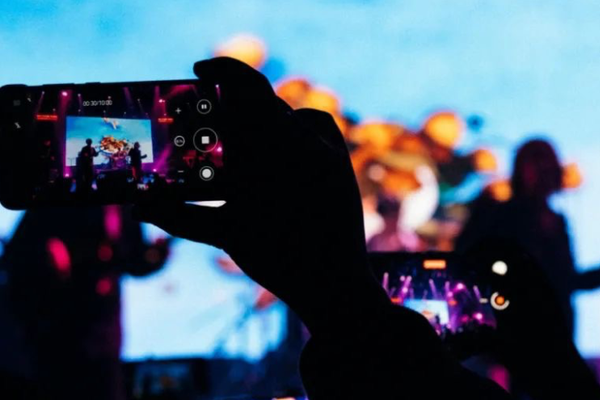The $0.30 Paywall: How China Turned Micro-Dramas into a Cash Machine
Hollywood is busy licensing your childhood cartoons into billion-dollar IP universes, while millions of Gen Z are paying 30 cents to unlock…

Hollywood is busy licensing your childhood cartoons into billion-dollar IP universes, while millions of Gen Z are paying 30 cents to unlock the next 60-second episode of a Chinese soap called My Secret Agent Husband.
Mini-drama apps have exploded from a Chinese curiosity to a U.S. US$100-million-a-month habit. Understanding how a thirty-cent checkout button out-earns Hollywood subscriptions is the first step to copying, or disrupting, the model.

Numbers are rounded, based on Appfigures, Sensor Tower, and public filings.
The Coin Funnel That Prints Money
App-analytics firm Appfigures counts 215 micro-drama apps on the U.S. stores, and May 2025 consumer spend topped US $100 million. Sensor Tower adds that the three largest apps now post ARPDAU figures that rival mid-tier casual games. Unlike ad-funded TikToks, a 60-second cliff-hanger converts raw emotion directly into a US $0.30 unlock. A funnel that starts with five to ten free episodes and ends with hundreds of micro-transactions turns impatience into hard currency, again and again…

Unit Economics Beat Streaming and Games
A season of sixty one-minute episodes typically costs from RMB 200–300 K (≈ US $27–41 K) shoot in China, or around $200K shoot in U.S.
In China, several hits, such as the micro-drama Wushuang, have recouped the production cost outlay in under a week, with total in-app “recharge” revenue passing RMB 10 M by day eight.

When a single U.S. user ultimately spends US $20–50 to binge a full season, the margin crushes both Disney+’s annual ARPU and most match-three games, proving that micro-dramas aren’t just cheap; they’re capital-efficient.
Psychological Pricing: The Thirty-Cent Illusion
DataEye-ADX, in its 2024 acquisition report, notes that adding a light “spin-the-wheel” or coupon-gacha layer lifts first-week ARPPU by 12–15 percent, a larger delta than simply slicing production cost in half.
The dynamic is identical to mobile games: when users believe they might “win back” a few coins, a three-to-thirty-cent payment feels more like buying a power-up than paying for content.
Sensor Tower finds that ad networks supply 60–70 percent of all installs for the category, with Facebook and TikTok Spark Ads dominating spend.

Chinese studios routinely accept a 1 : 1.2 ROI target: for every dollar of revenue they’re willing to burn eighty-five cents on traffic, knowing retention and gacha upsells will make the margin back by week two.
Creatively, the top-converting UA spots look less like trailers and more like “live spoilers”: thirty-second cold opens that cut to a freeze-frame and flash “Unlock for $0.30”. With today’s marketing technology, the converting percentage and the target audience is almost all clearly under the control.
Elevate the Craft, Not Just Copy the Playbook
ReelShort has already rolled out small-town-revenge sagas, true-crime thrillers, campus romances, even an $800k “Game-of-Thrones-on-a-phone” epic. Yet viewers still gripe about plastic-looking filters, machine-translated subtitles, and storylines stitched together like spare parts. The issue isn’t which genres they pick; it’s the missing layer of craft and the shallow grasp of what resonates with a global audience.
The upside comes from welding Hollywood-level storytelling to China’s lightning-fast A/B pipeline, think HDR lighting, idiomatic English dialogue, and fully realized character arcs, all packed into a sixty-second cliff-hanger. Only then can a 30-cent impulse unlock evolve from a novelty into a durable cultural habit.








